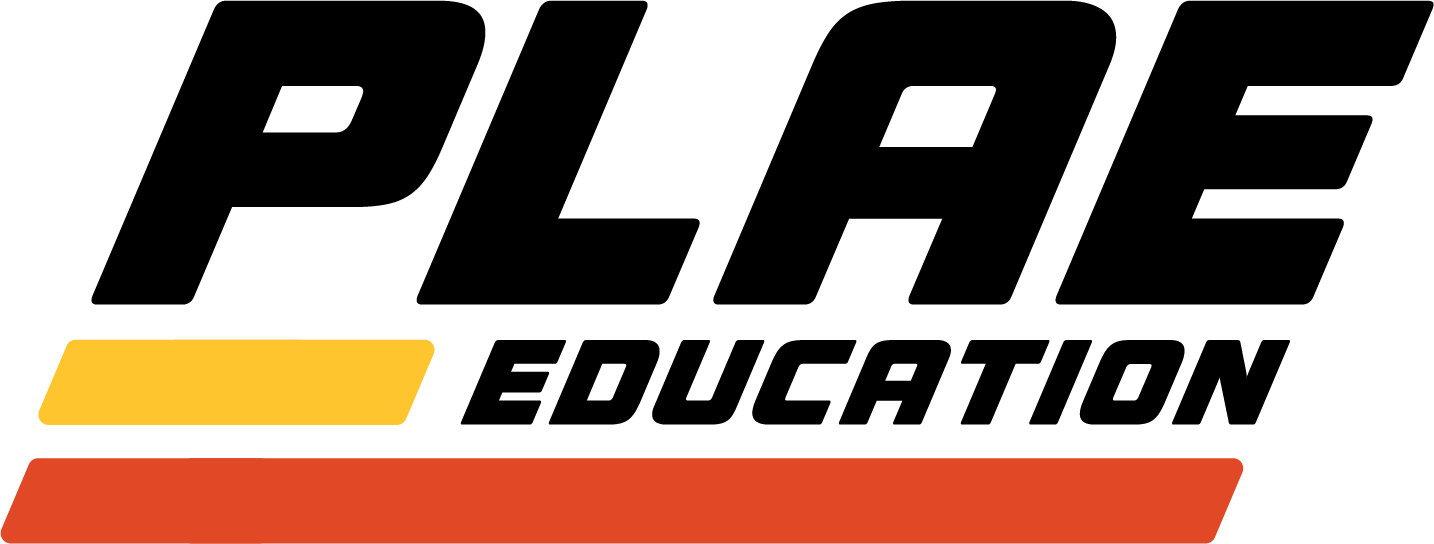WHY We Need Quality Health and Physical Education in Junior High/Middle Schools
First off, I would like to apologise in advance for this post. Usually I attempt to provide some tools and tips to help improve instructional practice and program development, and today I am not going to do that. I am not going to talk about the HOW but the WHY, why we need to have quality Health and Physical Education specifically for in junior high and middle school students.
Too often we focus on how to do something. How am I going to assess students? How am I going to communicate progress with students and parents? How am I going to develop a quality physical education experience for the students. Before we approach the how we need to address the why, why should we have quality Health and Physical Education programs for our junior high/middle school students. Its simple, with a high quality program and experience comes the motivation, confidence and competence to find the joy in an active lifestyle.
Recently Doug Gleddie and I have been having chats about finding the joy in physical activity. Often we would reflect on our own personal journeys through physical literacy and often it comes down to a positive experience that we had during our teenage/pre-teen years. As humans, we are born with the inherit desire to move and be active. Baby Ferguson cannot wait to get moving around, her favorite thing to do is pull herself up and stand and try to move with us. So what happens to this desire of movement, where is teh disconnect happening that makes many teenagers and adults dread having to perform physical feats? I believe that this desire to move might have something to do with our experiences.
These experiences are influenced by not just our families but also our educational experiences. I can proudly speak that the PE programming that my junior high school teachers Mr. Fiveland and Mr. Damone provided all of us yahoos in that small rural school drastically influenced our outlook on developing a healthy lifestyle even though we fought them every step of the way. They knew that helping us to understand why physical activity is joyful before we became young adults was the most important job they had. These two educators created an environment that was engaging, challenging, reflective and most of all fun. We truly understood why we were there and how it can impact our ability to be healthy and physically y active.
If you have done any research on the development of physical literacy, you may have come across the Long-Term Athlete Development Model (LTAD) that Canadian Sport for Life has published and has been used as the framework for developing many of our Canadian sport and athletic programs. In their research they make a statement that the between the years of 9-16 for males and 8-15 for females (the Learn to Train and Train to Train stages) are the most important years for creating a competent and physically literate individual who has the enduring understanding of what a healthy lifestyle is and the motivation to continue to develop a healthy and active lifestyle.
I believe that this is the same for developing the enduring understanding, motivation and competence in health and physical education. Why wouldn’t it be? Supportive and positive academic behaviours such as studying, classroom behaviour and learning styles are solidified in the same age group and follow the individual throughout their lifetime.
With this in mind, it is important that we are creating a climate and culture in our health and physical education setting that encourages students to not only test their physical limitations. We need to move away from delivering content and the how to be active and healthy and have more student engagement into the why we should be active and healthy. We can easily frame this into our programming by purposefully planning for it. TGFu and inquiry based learning have been great frameworks for pushing the WHY but we need to have a sense of purpose, a set of values and mission statement that helps keep us focused from just developing skills to developing understandings.
Ultimately, we need to help change the mindset in the health and physical education community. We need to strive to create inclusive learning environments that celebrates the students individual learning needs and strive for the WHY understanding. If we miss these students during these critical years, we may have lost them forever and getting them back is a struggle. It’s time to change mindsets and not settle for old methods and traditional health and physical education.
But don’t take it from me, just take a look at #hatepe on twitter and the students will tell you WHY we need to have quality health and physical education for our students.
